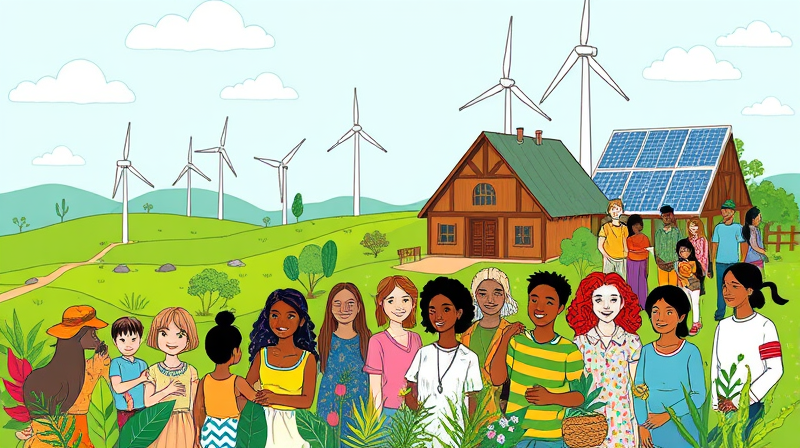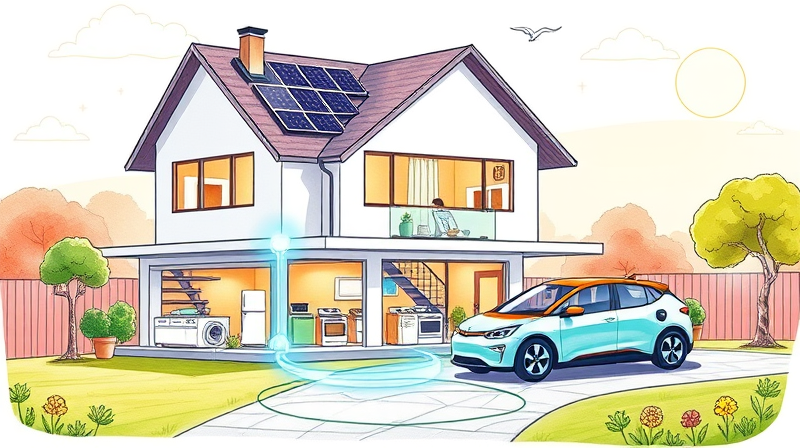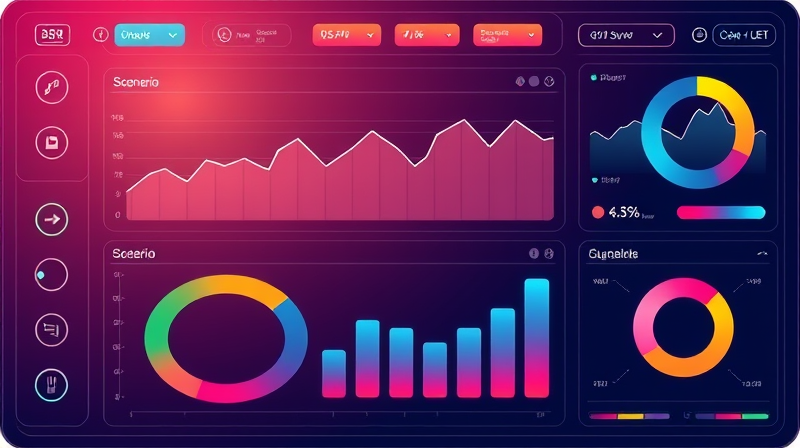
In recent years, the intersection of finance and renewable energy has given rise to a powerful new force: crowdfunding. By tapping into the collective power of thousands of individuals, this model is enabling everyday individuals to fund renewables, driving unprecedented momentum in the global shift to clean energy. Beyond mere financial returns, participants in these campaigns gain a sense of purpose and community, fostering deeper engagement with the energy transition.
Traditionally, renewable energy projects have relied on large institutional investors, government grants, or bank loans for capital. However, the past decade has seen a surge in online platforms that connect project developers directly with retail investors. Platforms like Trine, Lendahand, and Energise Africa pioneered this approach, raising hundreds of millions of dollars that might otherwise have been inaccessible.
Between 2016 and 2020 alone, energy access crowdfunding platforms secured $315 million for clean energy ventures, with debt-based campaigns constituting 90% of these efforts. This trend reflects a broader valuation of the renewable energy sector, which was estimated at $1,085 billion in 2024 and is projected to reach $2,271.2 billion by 2033. Such figures underscore the potential influence that distributed funding models can have on the industry.
Crowdfunding platforms have democratized investment in renewables by lowering barriers and increasing transparency. Minimum investment thresholds, clear reporting on social and environmental impact, and user-friendly dashboards cultivate trust and participation. As a result, individuals can choose projects that align with their values, becoming active stakeholders in the energy transition rather than passive consumers.
This approach aligns with the principle of democratizing investment in sustainable energy projects. Retail investors are motivated not only by expected returns but also by the chance to contribute directly to cleaner, more resilient power systems. The growing diversity of campaign structures—offering both debt and equity options—further broadens appeal, accommodating varying risk appetites and investment horizons.
Different crowdfunding models cater to distinct investor and project needs. Debt-based campaigns dominate the energy sector, offering fixed interest repayments, while equity-based models allow investors to acquire shares and share in profits. Smaller scales of donation or reward-based crowdfunding also play niche roles, especially in community-focused initiatives.
These models foster building a sustainable financial ecosystem for impact, unlocking capital at scales that can propel innovative off-grid solutions and mini-grid technologies. By bridging gaps where traditional finance lags, crowdfunding empowers local entrepreneurs to pilot new approaches tailored to regional needs.
One of the most compelling narratives of crowdfunded energy projects is the Crowd Power initiative, supported by UK aid. Since its inception, Crowd Power has backed over 300 campaigns, raising £26 million for 72 energy access companies and bringing clean power to more than 800,000 people across 30 countries. This program has leveraged eight times its funding in private capital, highlighting how strategic donor support can amplify retail investor engagement.
Platforms like Trine have financed off-grid solar installations in remote villages, while Lendahand has enabled small entrepreneurs in emerging markets to secure loans for sustainable cookstove projects. Together, these efforts exemplify how crowdfunding channels can not only fuel unprecedented growth in clean energy markets but also generate tangible social and environmental dividends.
Crowdfunding brings a suite of benefits to both investors and project developers. Key advantages include:
Despite these strengths, challenges persist. Platforms and companies navigate regulatory complexities, varying from one country to another, which can limit cross-border investment. Operational costs for due diligence and platform maintenance remain high, demanding efficient processes to remain viable.
Moreover, the size of the retail investor base in energy is still modest compared to other asset classes, requiring continuous efforts in education and outreach. Platforms must strike a balance between attracting new investors and ensuring robust risk management navigating complex regulations with agile solutions.
The future of crowdfunded energy financing is promising. Analysts predict that if regulatory environments adapt favorably, the market could expand to $300 billion globally, making it a mainstream avenue for sustainable infrastructure funding. Key trends to watch include:
These developments will further transform passive consumers into active investors, solidifying crowdfunding’s role in the energy transition. By fostering collaboration among stakeholders, the industry can scale solutions that address energy poverty, climate change, and economic development in tandem.
Beyond the numbers and technology, the essence of crowdfunded energy projects lies in their ability to unite people around a shared vision of a cleaner, more equitable world. As more retail investors discover the dual benefits of meaningful returns and environmental impact, we edge closer to a future where access to clean energy is universal and every individual can play a part in shaping the global energy landscape.
Whether you are an investor, developer, or advocate, the message is clear: together, we can power the planet sustainably by harnessing the collective will of communities worldwide. Crowdfunded energy projects exemplify this spirit, proving that small contributions can spark monumental change.
References













